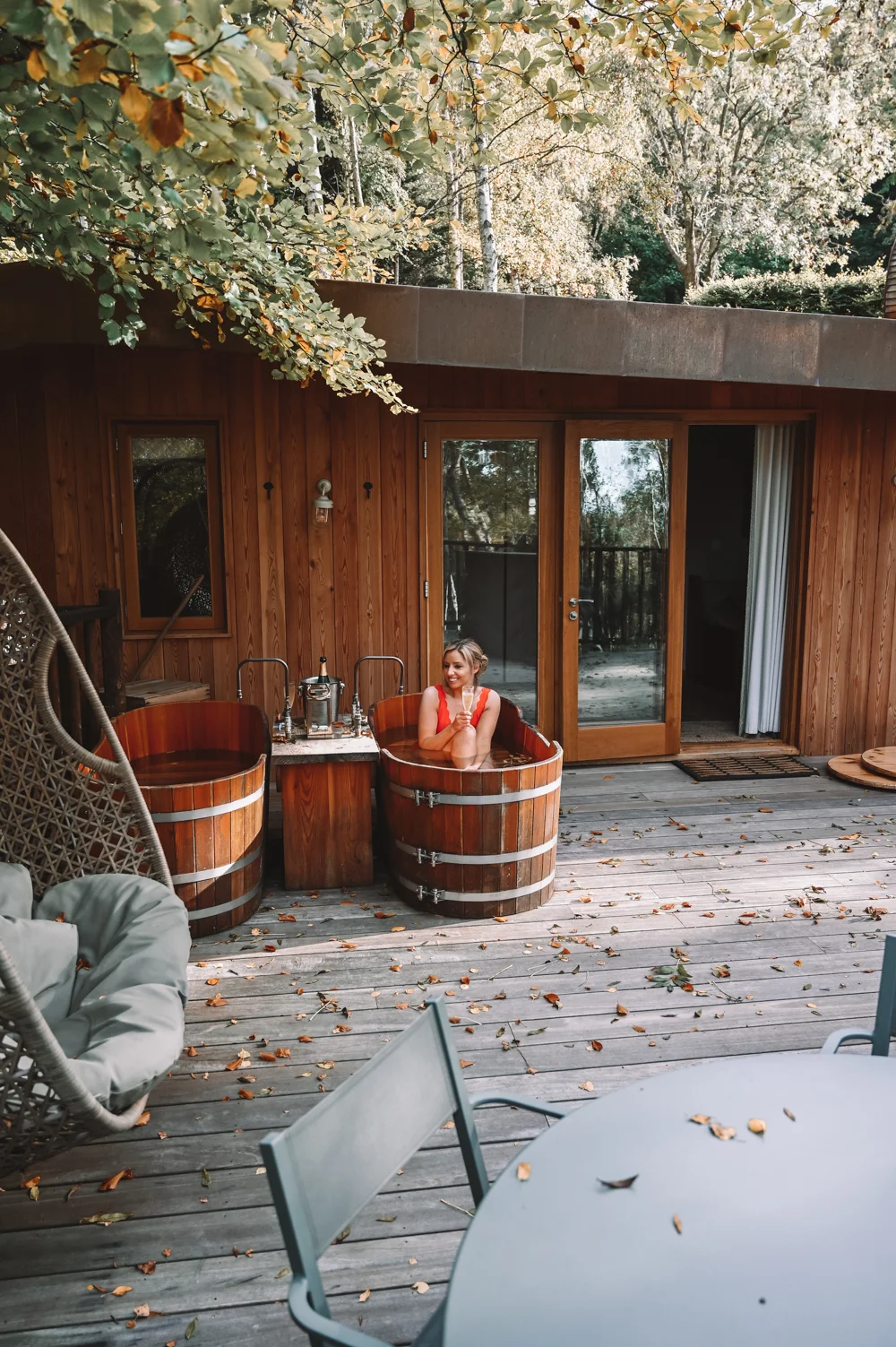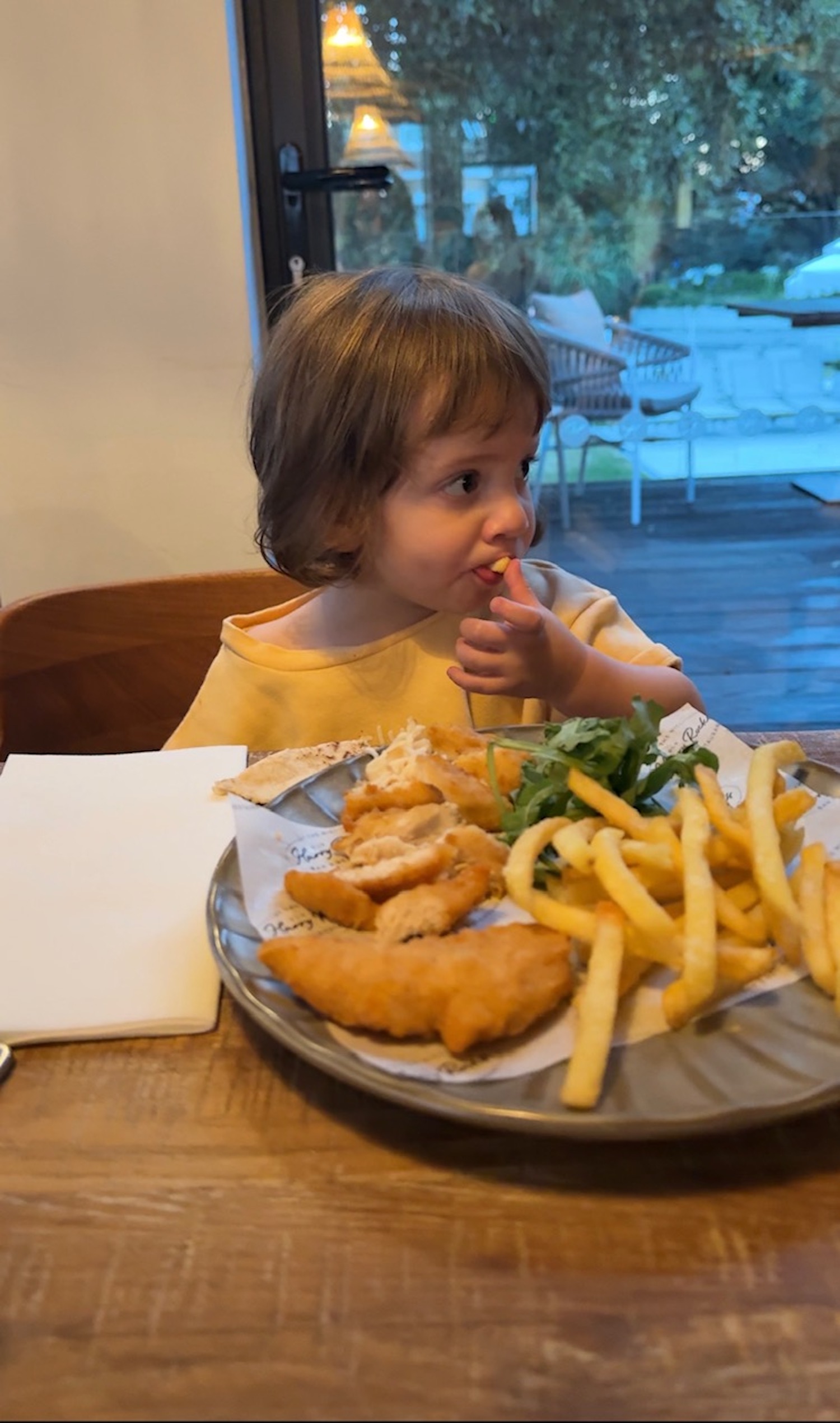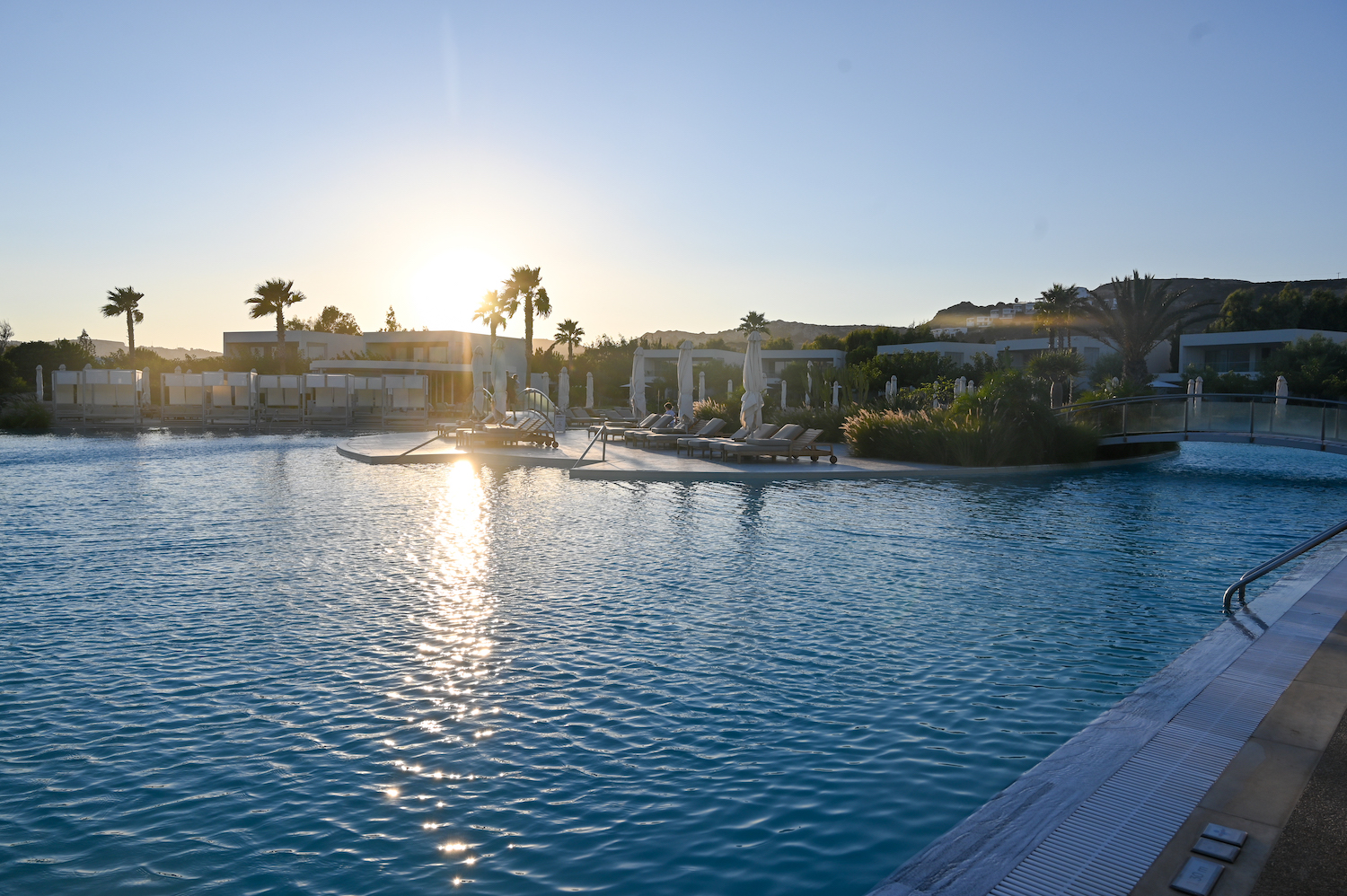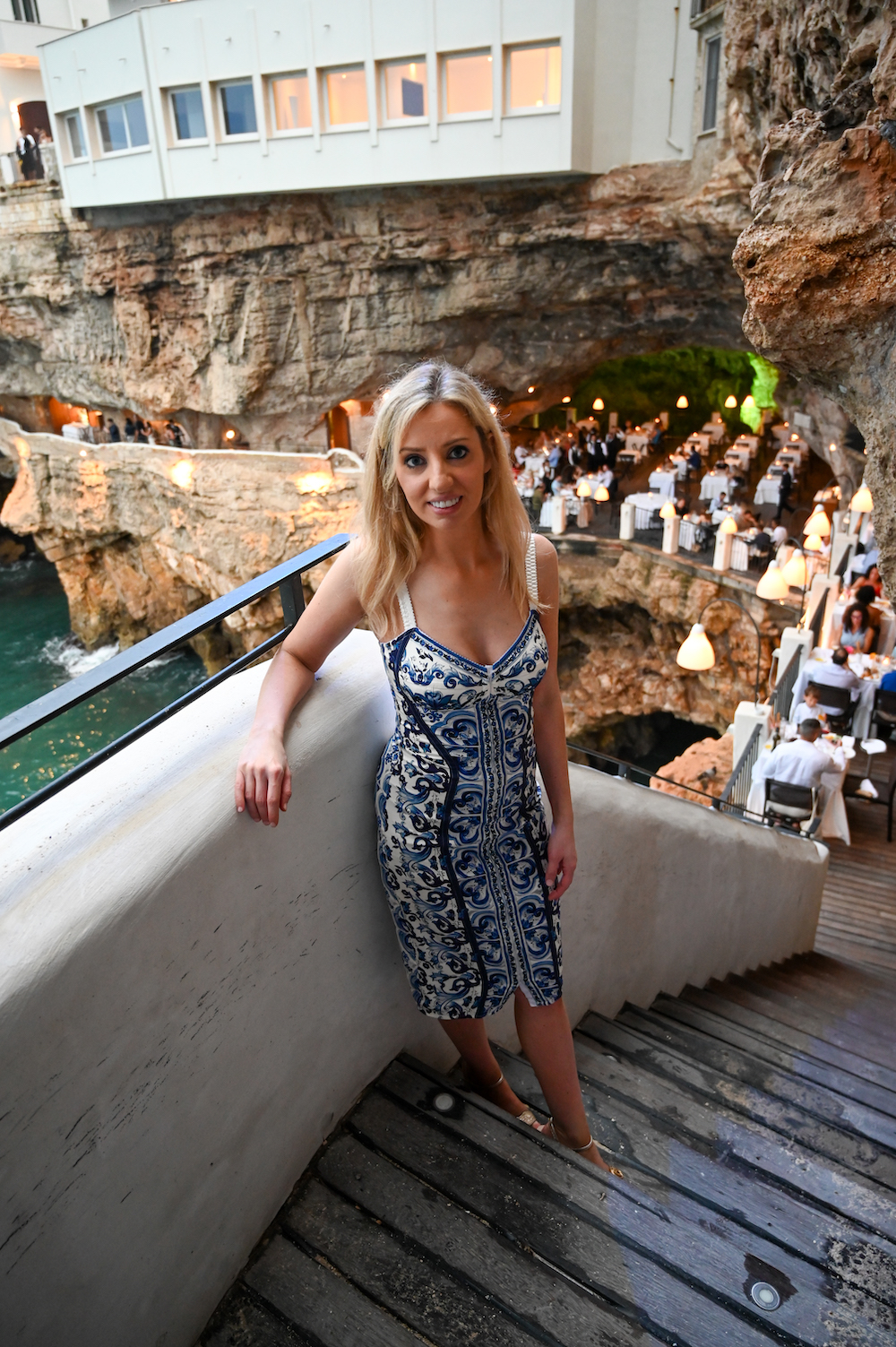Tokyo: the capital of Japan, the seat of government and one of the world’s most technologically advanced cities. Tokyo is known for having one of the world’s fastest and most efficient train systems, the latest in robotics, smartphone, artificial intelligence and super fast internet connections. But it is also a city brimming with history and much of traditional Japanese culture is framed by its past, the Edo (Tokyo’s former name) period and when the military shogun ruled the country. Many elements of traditional Tokyo are also influenced by the two co-existing religions; Shinto and Buddhism which both form a huge part of the culture and society of Japan.

As I mentioned in my previous post I was fascinated by the stark contrast of old and new in Tokyo; high-rise buildings fringing historical parks, tiny hole in the wall restaurants next to beautiful boutiques…Following on from my post on ten ways to experience modern Tokyo, I wanted to suggest ten ways to experience traditional Tokyo.
1. Stroll through the Imperial Palace Gardens
A great way to begin uncovering the history of Tokyo is to visit the Imperial Palace, the current home of the Emperor of Japan. Unfortunately as the Emperor only opens the palace to the public twice a year, we couldn’t actually go in but instead we enjoyed a stroll around the beautiful gardens. 
The palace is actually on the site of the Edo Castle, the home of the Tokugawa shogun, who ruled Japan from 1603 to 1867 but little remains of actual fortress save the stone walls and the moat. The gorgeous gardens are perfect to sedately stroll through with pretty flowers whilst admiring the wildlife, pond and trees with the metropolis of Tokyo looming in the background. 



2. Visit the Sensoji Temple
This Buddhist temple is one of Tokyo’s most popular and important religious sites and it is located Asakusa on Tokyo’s east side.. 
The entrance is through the dramatic red Kaminarimon or Thunder Gate and you immediately enter Nakamise-dori, a bustling place and one of the oldest shopping streets in Japan. It’s also know to be one of the best places for souvenirs and there’s plenty of food on offer too…

It was my first taster of a market in Tokyo and I was so excited by the lively atmosphere and the sights and the sweet smells of the food. Actually that’s one thing that really struck me about Tokyo, every area had its distinctive scent that characterised it.
Through the market is the temple’s Hozomon gate which leads to the main hall. The temple (apparently) houses a golden statue of Kannon, the Goddess of Mercy. Legend has it that the statue was pulled out of the Sumida river by two fisherman in AD628 and with the temple completed for her in 645 it is the oldest temple in Tokyo. Nearby is a stunning 55 metre pagoda, which is actually a 1973 reconstruction as the original was destroyed in the Second World War.


Our guide showed us the correct way to wash our hands by scooping on water and how to pray in a Buddhist temple.
Also in the ground of a temple is a Shinto shrine known as Asakusa-jinja, built in 1649 in honour of the brothers who discovered the Kannon statue. Our guide taught us that worshipping at a shinto shrine was different to a Buddhist temple. After purifying your hands with water, bow twice, clap your hands twice and bow again.
3. Check out the Meiji Jingu Shrine
The most well-known Shinto shrine in Tokyo is dedicated to Japan’s first ever emperor, Emperor Meiji, The shrine was built in 1920, but like many of Tokyo’s landmarks it was destroyed in the second world war and later reconstructed.

Entering through an awe-inspiring 12 metre Torii gate and walking through the 700,000 square metre forest that houses the shrine, you can completely forget about the hustle and bustle of Tokyo and enjoyed a beautifully peaceful stroll.
4. Stroll through Hama-rikyu Gardens

The beautiful gardens scattered through the city are the perfect place to take a moment for quiet contemplation and to admire the stark contrast between the beauty of nature and the development of the city. Hama-rikyu is also interesting historically as it dates back to the Edo-period and the rule of the Shogun. At one time his palace stood on the park grounds but now it’s completely open to the public and includes a beautiful seawater pond and a gorgeous tea pavilion. 

5. Eat Sushi
Of course, one of the main reasons I wanted to come to Japan was to eat sushi! What I didn’t actually realise was that sushi has its origins in South East Asia and South China and it was introduced in Japan in the 8th Century. Changing the original concept, the rice was no longer used as a form of preservation for the fish, the Japanese ate the fish wrapped in the rice, thereby inventing a new dish. It was during the Edo Period the rice was mixed with vinegar and eaten with the fish. It was even later on in the Edo Period in the 19th Century when street vendors began to drape a single piece of fish on an oblong of rice, inventing the nigiri sushi as we eat today. 

Of course we ate a lot of sushi during our time in Japan but the best experience that we had was dining at Sushi SORA at Mandarin Oriental Tokyo. It takes ten years of training to become a sushi master and it was incredible to watch the knife skills of the sushi chefs as we sat at the counter.
6. Watch a Kabuki Performance
One thing that I was sad that we didn’t have time to do was to see a traditional kabuki performance. Perhaps we should have forgotten about the Robot Restaurant and gone to see this traditional form of theatre that can also be traced back to the Edo period. With beautiful costumes, elaborate make up and wigs, it was a shame that we missed seeing one of these perfectly stylised performances that often depict historical events. In Tokyo you can catch a performance at the National Theatreor Kabukiza theatre in Ginza.
7. Visit the Golden Gai
The Golden Gai is a really intriguing area of Tokyo, it’s made up of a network of six narrow alley ways connected by even smaller passageways and houses over 200 teeny tiny bars. 
The little shanty town in Shinjuku is like stepping back into the past and the narrow streets of old Tokyo before it was built into the booming metropolis it is today. So all you need to do is pick a bar, draw up a stool and tell them your poison but do be aware many bars don’t accept foreigners and many only serve regular customers.
8. Eat in a Izakaya
The term izakaya is becoming more and more familiar in the UK as the Japanese-style pubs are gaining in popularity especially in London. Like much of modern Japanese tradition, the tavern dates back to the Edo period when people used to drink sake in liquor shops and the owners eventually started introducing food. 
Mr S and I were keen to try out one these more casual eateries and take a break for the multiple courses and high cost of formal dining. Research led me to Sanjugodanya also known as 35 Steps Bistro, a fun and lively Izakaya where we tried sashimi, karage and tempura prawns. Also, as I don’t like sake, I was pleased to see they served wine here too. 
If you want to follow the movie trail in Tokyo then check out Gonpachi, the izakaya that appeared in Kill Bill.
9. Take in a spot of Sumo Wrestling
I was keen to book tickets to a sumo match as a surprise for sport-loving Mr S and by coincidence there was a tournament during our time in Tokyo – however when I went to buy tickets they were already sold out! The national sport is actually something that originates from ancient times as a performance for Shinto gods, so it has an important meaning in Japanese culture and clearly draws large crowds. There are only six tournaments a year, three of which are in Tokyo, and you can check out the website for the calendar, just book far in advance!
10. Have breakfast at the Tsukiji Fish Market
Another item high on my bucket list for our trip to Tokyo was a visit to the Tsukiji Fish Market, the world’s largest fish market. Once again the roots can be traced back to the Edo period as the market was established to provide fish for the castle. Though it was in 1923 after a huge earthquake that destroyed most of Tokyo that the market was actually moved to Tsukiji. 
Around 2,000 tonnes of fish is sold every day in the inner market known the Seafood Intermediate Wholesalers’ market. Visitors can only enter this area after 9am so as not to interfere with trade, though you can apply to see the famous tuna auction but be aware it starts at 5.25am and they only allow in 120 people…the early start works for jet-lagged tourist.
Unless you are real fresh fish enthusiast, you can still have a fine time just exploring Tsukiji Outer Market with its shops and restaurants. Mr S and I decided to partake in the popular activity of a sushi breakfast, once again if you’re super keen you can arrive at the market at 5am for the freshest fish you’ll ever taste. Mr S and I went for the more conservative 9am approach.

Though you can attempt to grab a seat a the world-famous Sushi-Dai, we couldn’t face the queue and instead had very delicious breakfast at a place called Sushizanmai.
Have you ever been to Tokyo? What are you tips for exploring the traditional side of the city?
PIN FOR LATER:





















